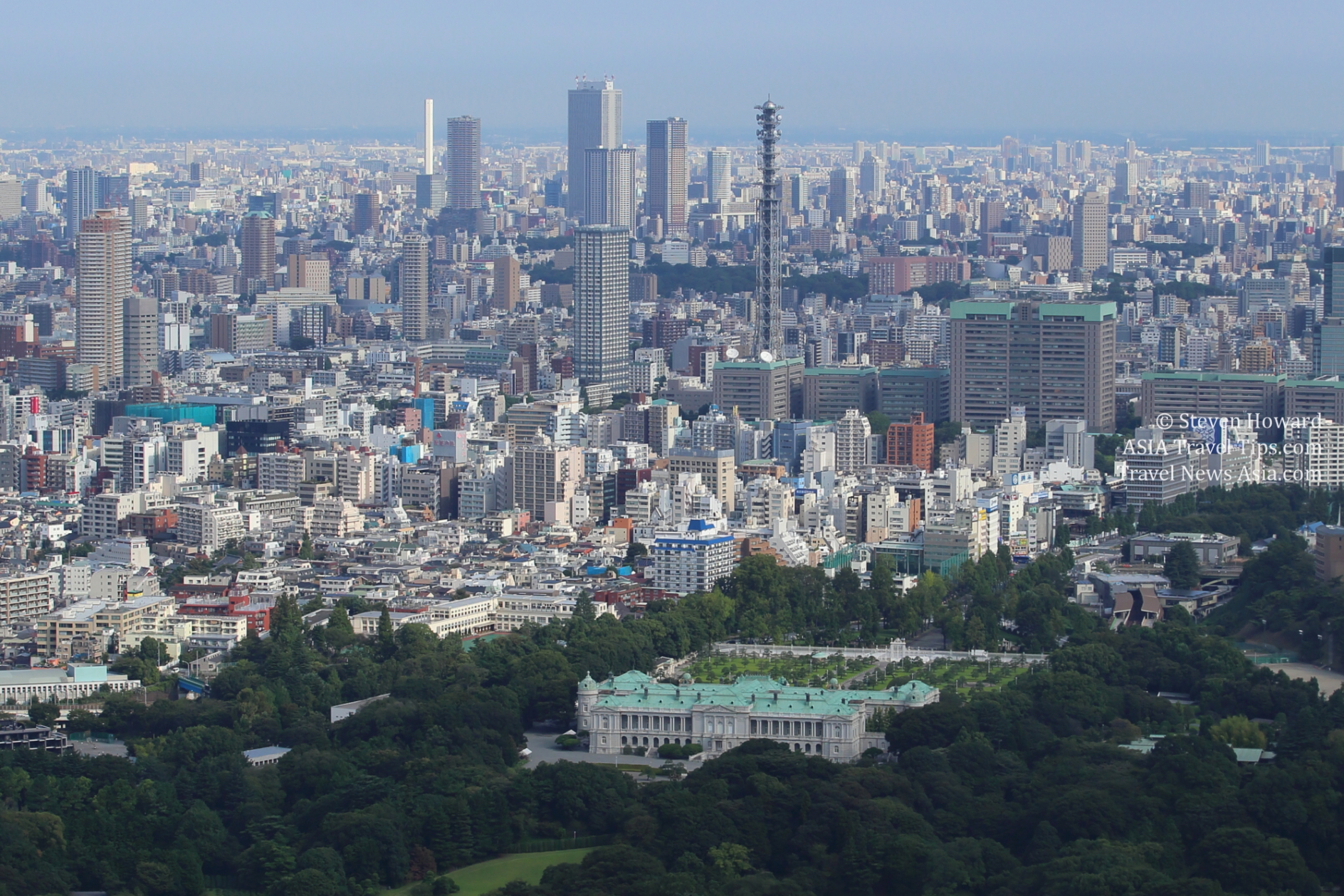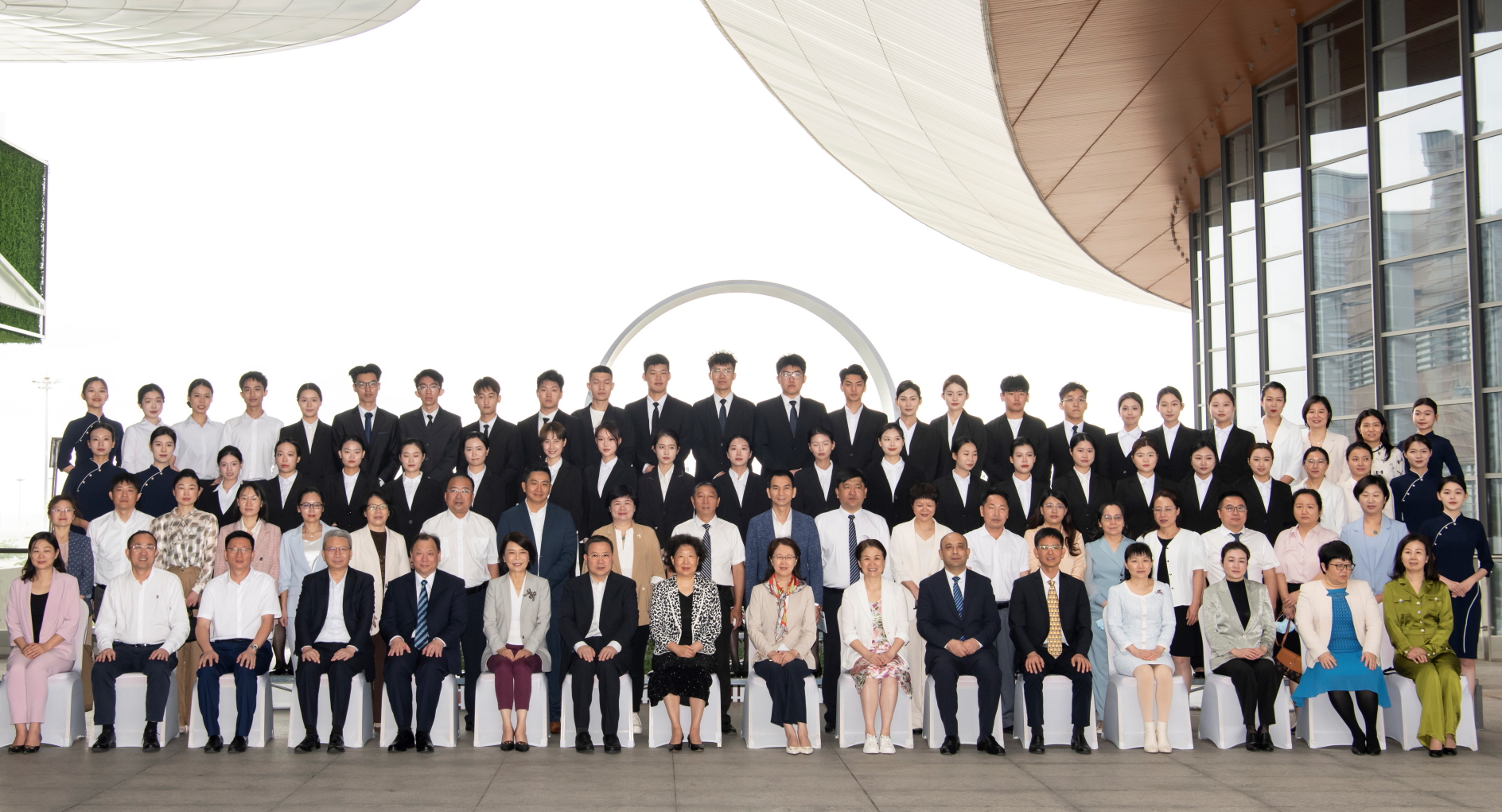The reopening of Japan’s international border, along with the National Travel Support
campaign, have helped boost the average daily rate (ADR) of hotels
in Tokyo
beyond pre-pandemic comparables for two straight months.
According to STR, the rise in room rates was preceded by improving
occupancy rates, which came in at 74.8% in December 2022 and dropped
slightly in January 2023 (to 69%) due to seasonality.
The occupancy rate in
January was still 11.8% lower than the
corresponding month in 2019, but January’s ADR of JPY20,055.58 beat
that pre-pandemic comparable by 14.7%.
“The Tokyo hotel
market is structured predominantly under leases, and hoteliers
prioritize occupancy over ADR as the way to consistently drive performance and pay those leases,” said Shiori Sakurai, STR
business development manager. “Operators are cautious about
achieving higher rates at the expense of occupancy and will often
let occupancy growth lead before taking the steps to push ADR.”
According to the Japan National Tourism
Organization (JNTO), Japan welcomed approximately 1,370,000
visitor arrivals from overseas in December 2022, up +11,237.3%.
In total, Japan welcomed approximately 3,831,897
visitor arrivals between January and December 2022, though its
border remained closed for much of that time.
“For Japan as a whole, the greatest correlation of hotel
performance metrics exists between actual occupancy and ADR
growth. When occupancy rises, ADR will follow,” Sakurai said.
“Recently, that trend has played out thanks to international
borders reopening, which allowed a much-needed segment of demand
back into the city, as well as the government simultaneously
subsidizing domestic tourism. Tokyo was well below pre-pandemic
levels in top and bottom-line performance for much of 2022, but
there has been a clear upward trend since the fourth quarter of
last year. While there is still a way to go to reach recovery,
recent months’ developments have been encouraging.”




